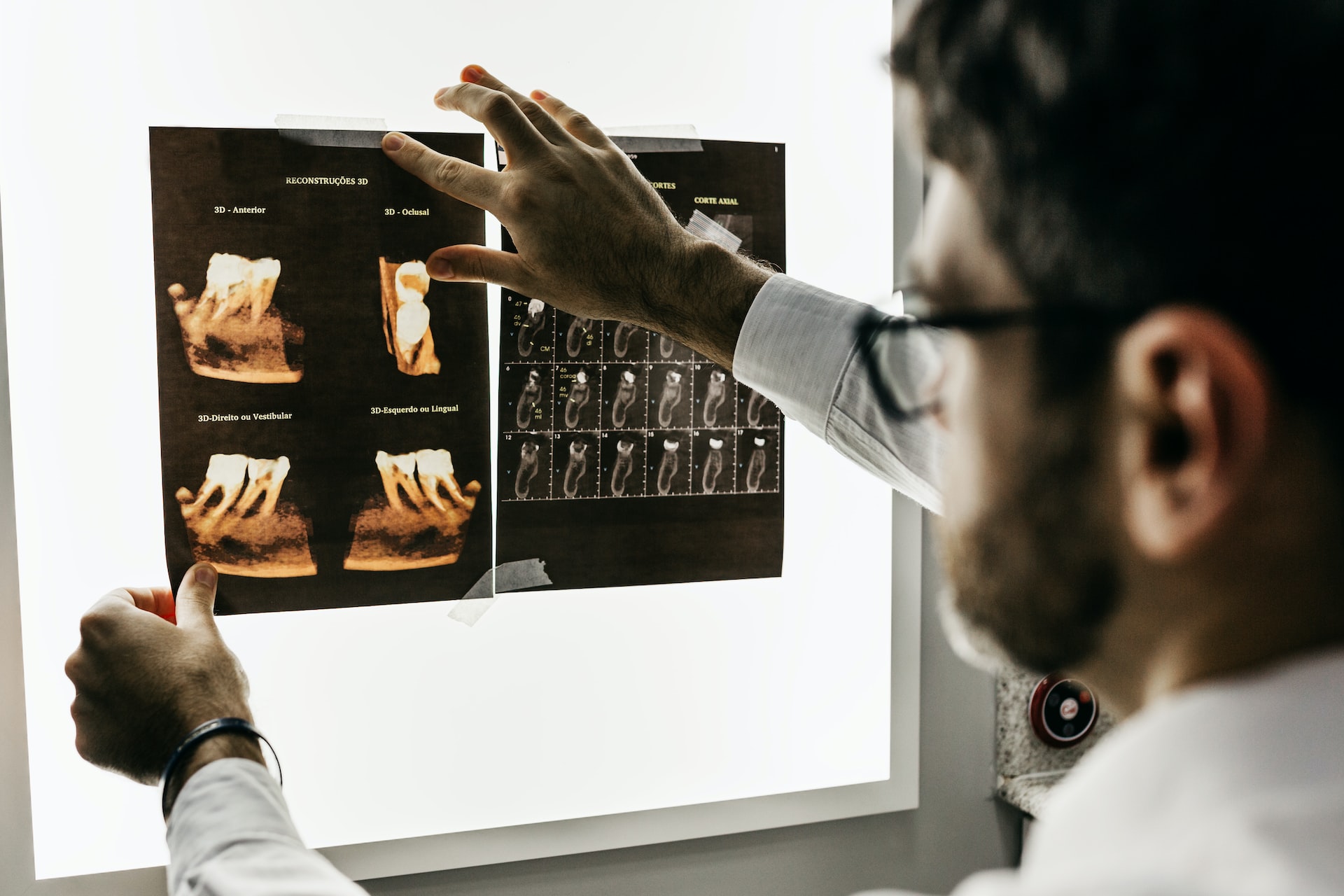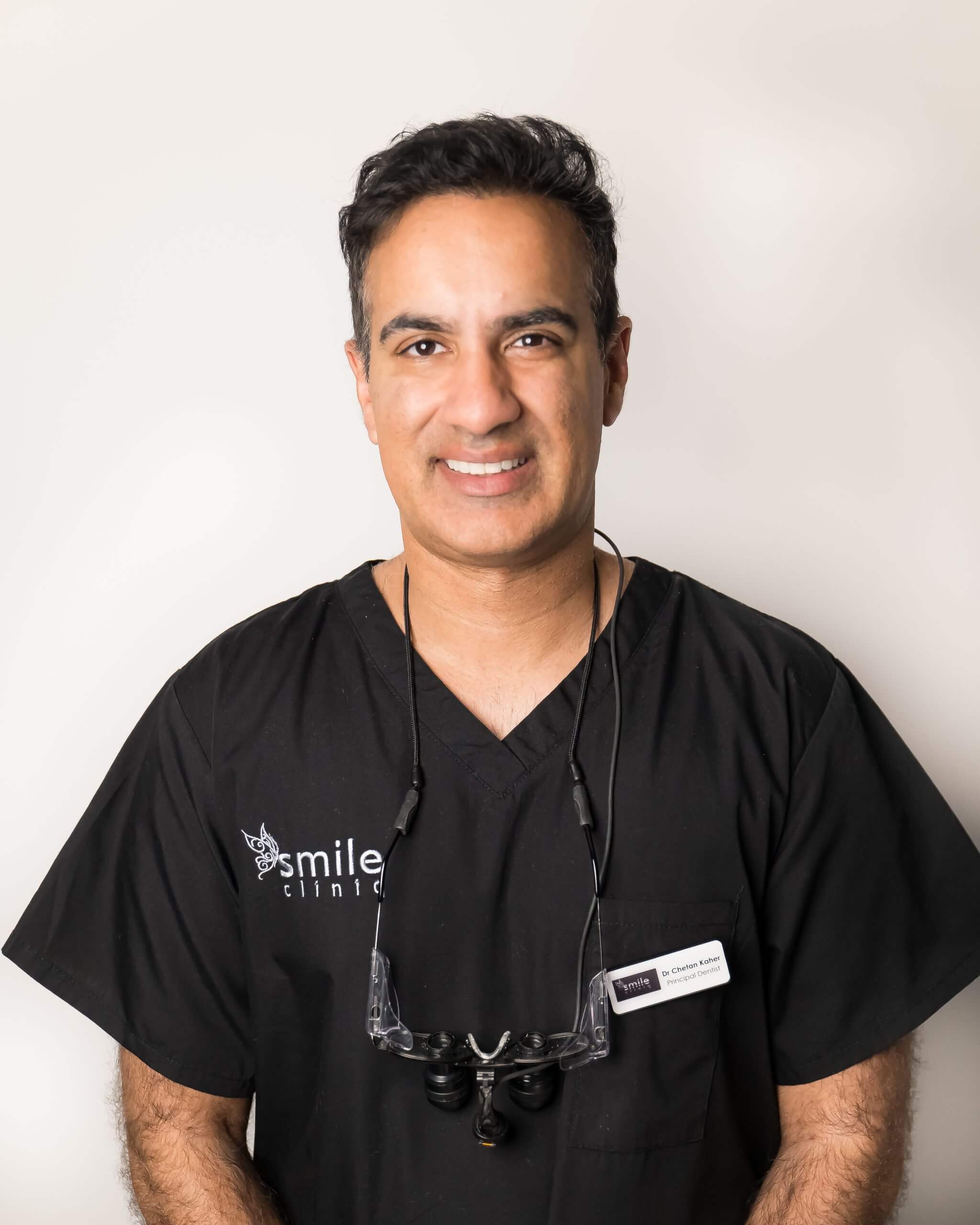Mar
22

Receding gums can be painful, and make your teeth more vulnerable to infection and cavities. But how do receding gums occur, and can you rebuild them successfully? In the following guide, we’re going to take a look at some methods used to rebuild receding gums, how successful they are, while also taking a look at some tips to help prevent gum recession from occurring in the first place. Let’s take a look!
What are receding gums?
Receding gums refers to a process in which the gum line pulls away from the teeth, resulting in exposed tooth roots and pockets between the gums and teeth. Receding gums can cause increased tooth sensitivity, tenderness, and pain, while also making your teeth more susceptible to infection.
Are receding gums reversible?
Technically, there is no natural way for your gums to move back into place without dental intervention; they won’t grow back, meaning that without treatment, gum recession is irreversible. Fortunately, there are a number of ways to rebuild receding gums via surgical procedures, and we’re going to take a look at these procedures further on in this article.
What causes receding gums?
But first of all, what causes receding gums? From genetics to gum disease, here are some of the main causes:
Gum disease
Gum disease, often referred to as periodontal disease, is an infection caused by bacteria in the mouth; this bacteria is typically the result of built-up plaque and tartar, which has hardened on the teeth. When left untreated, this plaque build-up can cause inflammation and damage to the soft tissue around the teeth, which then causes receding gums. Gum disease is the number one cause of receding gums.
Poor oral hygiene
Naturally, if you don’t practise good oral hygiene – such as brushing and flossing your teeth regularly – then plaque build-up will become much more likely; this can result in gum disease, which can then cause the gum line to recede from the teeth. Failing to brush your teeth twice daily – along with failure to perform regular flossing – means that you’re at a higher risk of gum recession in the future.
Smoking and tobacco use
Cigarettes and other tobacco products have both been linked to gum recession, with smokers being increasingly more likely to develop receding gums and gum disease than non-smokers. This is because smoking restricts the flow of oxygenated blood around the mouth, thus making it harder for the body to fight off any bacteria or plaque build-up in the mouth.
Tobacco products also contain thousands of different chemicals and toxins (including many carcinogens) which can further damage the soft tissue around the teeth, making it more vulnerable to infection.
Avoid shop-bought whitening treatments
Although proper oral hygiene can help prevent gum disease and other dental issues, brushing your teeth too aggressively or using a hard-bristled toothbrush can actually do more harm than good. Vigorous tooth-brushing can cause the gums to recede and expose the roots of the teeth, resulting in tender, sensitive gums and temperature-sensitive teeth.
Genetics
In some cases, receding gums can simply be a genetic trait. This means that even if you practise good oral hygiene and never consume tobacco, you may still be at risk of developing receding gums due to your family’s genetic make-up. Fortunately, even with a genetic predisposition, receding gums can still be successfully treated by a professional dentist.
Read Next: Five Warning Signs of Gum Disease
How to rebuild receding gums?
Once the underlying cause of receding gums has been determined, there are a number of ways to rebuild them, including:
Gum grafting
One of the most popular and commonly used methods for restoring receding gums is gum grafting. In gum grafting – also known as soft tissue grafts – a small amount of soft tissue from the roof of the mouth is taken and placed over the exposed roots. This helps to protect the teeth from any further damage, while also helping to rebuild the gum line visually.
Pinhole surgery
At Smile Cliniq, we offer a graft-free surgical procedure that can reverse receding gums without the need for a scalpel and endless stitches; Pinhole surgery involves the use of a specialised tool that allows for receded gums to be repositioned back into place, and kept in place with the help of collagen. Performed by our very own award-winning Dr Evdokia Chasioti, this receding gums treatment is revolutionary in nature, and will help to restore your smile both literally and figuratively!










